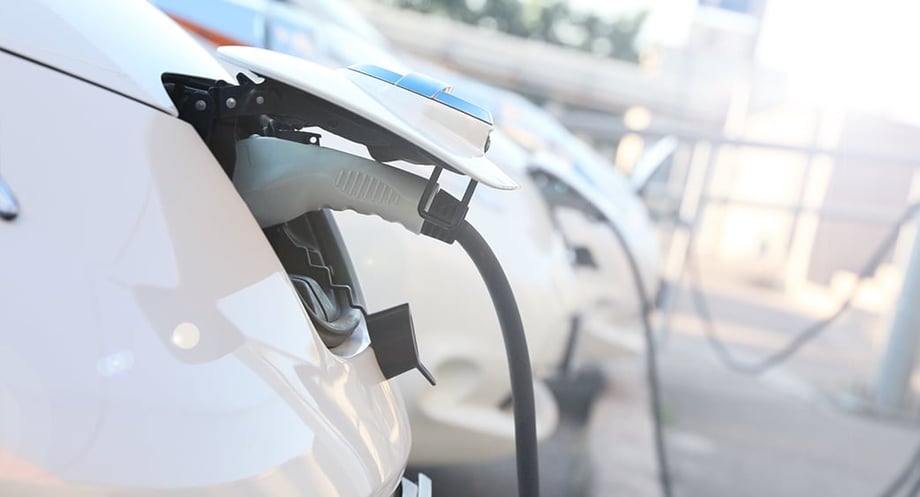
Misconceptions regarding the fueling behavior of electric vehicles (EVs) may soon become a thing of the past.
EV fueling behavior has more in common with charging a smartphone than making time to visit the gas station, and an increase in the number of Americans who think of EVs as big batteries could help influence a shift away from the traditional ritual of ‘pumping gas and toward a charged future.
Easier than ever
Desmond Wheatley, President and CEO of Beam Global, an electric vehicle charging technologies company, details the efficiency of EV fueling in an article for Forbes. Wheatley states that many drivers view the act of going to get gas as a chore, or an activity. By contrast, the simplicity of ‘plugging in’ when arriving at home for the evening presents a superior alternative to extra trips to the gas station.
Consistently charging to a ‘top up’ status versus thinking of it as ‘filling to full’ may help drivers make the switch to an EV. This thought process aligns with how we commonly charge our smartphones, and may reduce the anxiety associated with seeking a gas station when that oft-dreaded fuel gauge indicator pops up on the dash. The ability to charge an EV here and there, such as while parked in a garage (public or private) or at one of many stations attached to the driver’s next destination, highlights some of the appeal associated with going green.
Increased efficiency. Improved reach.
President Joe Biden has committed to a $2 trillion sustainable infrastructure plan. An article in the New York Times outlines a focused shift to clean, renewable energy sources, and the push for more EV charging stations in urban centers across America is one result.
Today’s EV charging technologies have a focus on sustainable energy. For example, a vehicle docked at a station can optimize its charge schedule to ensure most of the power comes from renewable sources. Vehicles parking in charging stations can also wait to begin charging until the corresponding electrical grid needs assistance getting rid of excess energy. The charging time can also be optimized for a time of day when the load on the grid is lower.
Understanding the need
Neel Danesha outlines the importance of consumer education in a report for Vox. Many Americans do not realize that the fueling of an EV can actually impact the environment around them.
Electric vehicle integration could help crumbling or overloaded electrical grids by allowing bidirectional charging. Bidirectional charging is the ability of an EV to assist in powering devices and equipment in the surrounding area. Everything from tools to machinery at a construction site could benefit from EV-populated charging stations. Ideally, an America filled with electric vehicles could help to prevent power blackouts, and enable the usage of renewable power options like solar and wind energy. The positive results of choosing an electric vehicle extend far beyond the savings for the owner, and affect the electrical infrastructure of the surrounding community.
Understanding the ease of electric vehicles and their charging capabilities could result in a shift towards increased EV usage. This outcome would align with President Biden’s vision of a sustainable, renewable energy-driven nation.
To learn more about the benefits of switching to an EV and the ease with which it can be charged, explore our products and services or contact us today.

